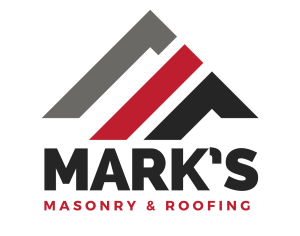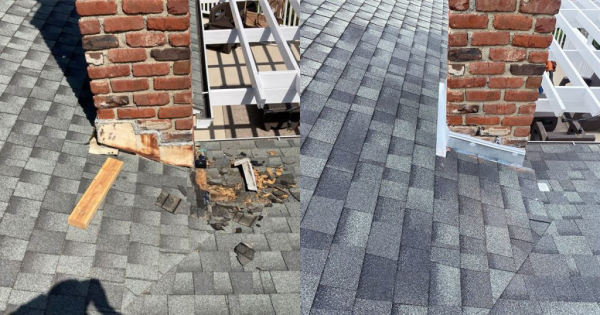So, Which Brick Pattern Suits Your Project?
The ideal layout depends entirely on your needs and space specifics. Small, curved zones often take advantage of basket weave and running bond simplicity. More expansive driveways warrant consideration of visually captivating herringbone and Spanish bond arrays requiring advanced expertise.
.jpg)
Stone dust is a powdery mixture of finely ground stones that has a sand-like texture. Though it can be a helpful base ingredient when mixed with other materials, most professionals recommend that you never use stone dust on its own as a base.
Stone dust and finely ground stone called “screenings” fall into a material category that has excessive amounts of dust particles called fines. The fines trap large quantities of water that prevent the base layer from adequately draining. According to the Interlocking Concrete Pavement Institute, this water storage compromises a base’s ability to bear and distribute loads. To keep your pavers safe and prevent them from shifting, opt for a base material with a little more durability.Compacted soil typically serves as the subgrade level underneath pavers. While you could technically lay your pavers directly into compacted dirt, this can cause issues, such as:
Poor drainage: Compacted soil is not guaranteed to drain well. Prolonged wetness and excessive moisture could cause instability and unevenness in your pavers.
Initial unevenness: Depending on the location of your pavers, it may be challenging to get a completely even surface with compacted soil alone. Even slight hills and valleys will impact the pavers without a subbase or base level.
Weather warping: If the soil underneath your pavers freezes in the winter, the ground may sink and buckle as it thaws unevenly. Any transformation in the ground will be reflected in your pavers, creating an unsafe walkway.
For security and evenness, it’s best to install your pavers into other materials on top of compacted soil.
Start With the Curb View
When it comes to any home, the appeal begins with the curb. This is the first impression your house will make on guests and neighbors. Therefore, it’s an excellent place to start when considering home masonry projects.
So what kind of masonry projects can transform your home’s curb appeal? Well, for starters, a brick or stone mailbox is a simple (but dramatic) way to upgrade. And on top of looking superior, they’ll last a lot longer than a traditional mailboxes. Brick and stone can withstand the elements better than most materials. They’re a fantastic way to improve your home’s appeal.
Another way to improve curb appeal is to have a concrete driveway installed. When it comes to concrete driveways, even the plainest among them look better than the alternatives. However, you can discuss some creative visual design options with your contractor to make your driveway even more alluring to look at.
Naturally, like brick/stone mailboxes, concrete driveways will withstand the elements and last you a lifetime. And when selecting a design, you can find colors, textures and patterns that match your home perfectly.




